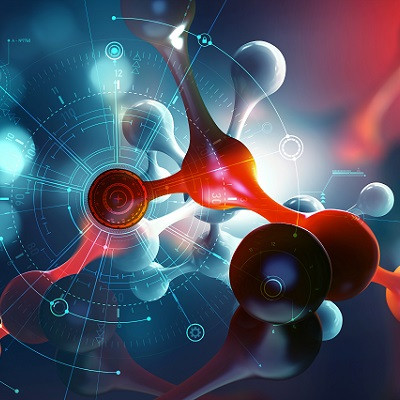
2022-07-09
Visited : 4296
Nanomedicines are a combination of nanotechnology with the drug itself and are required to pass standard regulatory milestones. This includes proven safety and efficacy based on pre-clinical and clinical trials. Listed below are the key technology trends impacting the nanotechnology in medicine theme, as identified by GlobalData.
Nanotechnology target specification
Improving the ability of nanotechnologies to target specific cells or tissues is of great interest to companies producing nanomedicines. This area of research involves attaching nanoparticles onto drugs or liposomes to increase specific localisation. Since different cell types have unique properties, nanotechnology can be used to “recognise” cells of interest. This allows associated drugs and therapeutics to reach diseased tissue while avoiding healthy cells.
While this is a promising area of research, very few nanomedicines exist that successfully utilise nanotechnology in this manner. This is due to ill-defined parameters associated with pairing the correct ratio or combination of nanoparticles with the drug of interest.
Controlled drug release
The ability to control the release of a drug or therapeutic compound from its associated nanotechnology is gaining a lot of interest from industry. This “triggered” release, in theory, could be achieved from within the body or from outside the body. Internal mechanisms include changes in the environment of tumours compared to surrounding tissue, while external stimuli include temperature changes, light, or ultrasound. Currently, research efforts are focused on trying to understand how to release diagnostic molecules and drugs from liposomes with heat, and from microbubbles using ultrasound.
Understanding different patient populations
In general, there is a lack of understanding about what makes patients different from each other in terms of why drugs lack ubiquitous efficacy. This extends to why nanotechnologies are not always able to improve the therapeutic output of drugs for every patient. It will be important to understand how nanomedicines behave when encountering different physiological characteristics of patients and their disease states.
This is an edited extract from the Nanotechnology in Medicine – Thematic Research report produced by GlobalData Thematic Research.
Read the original article on Medical Device Network.